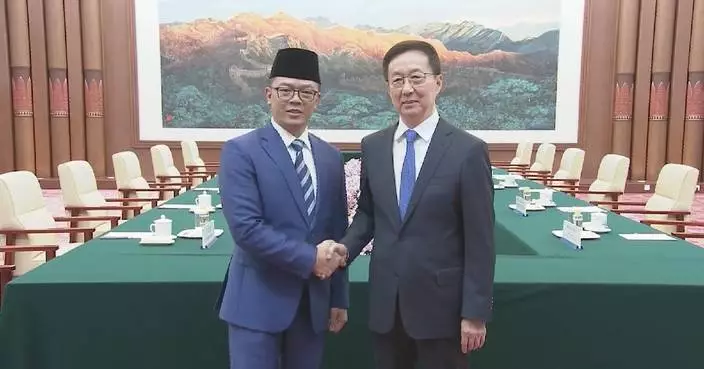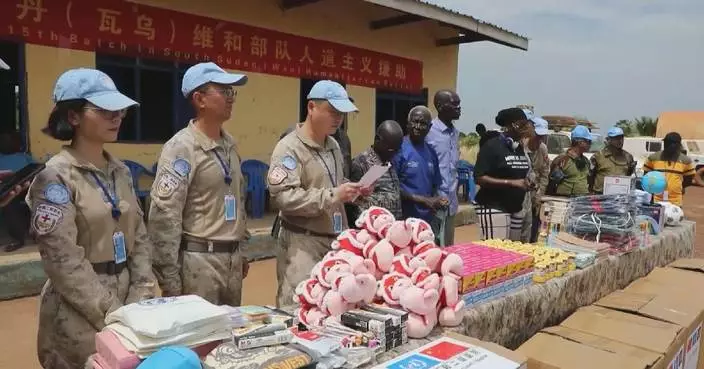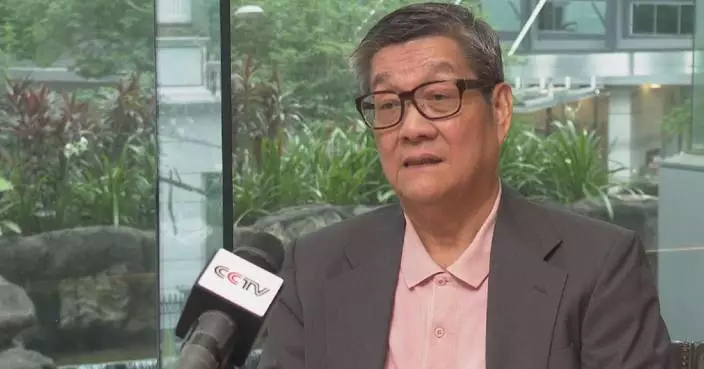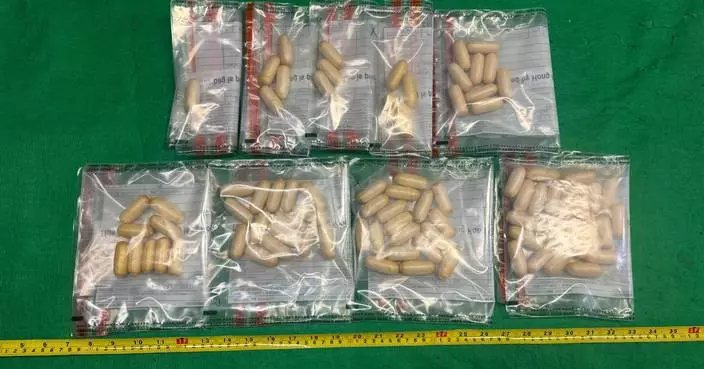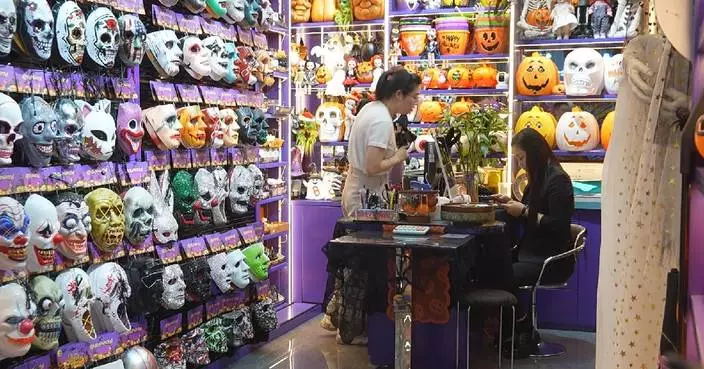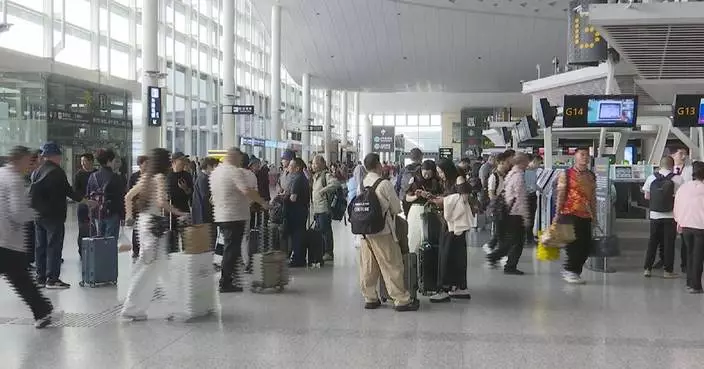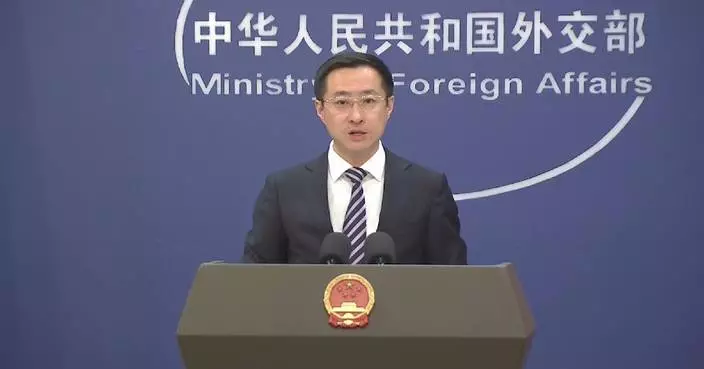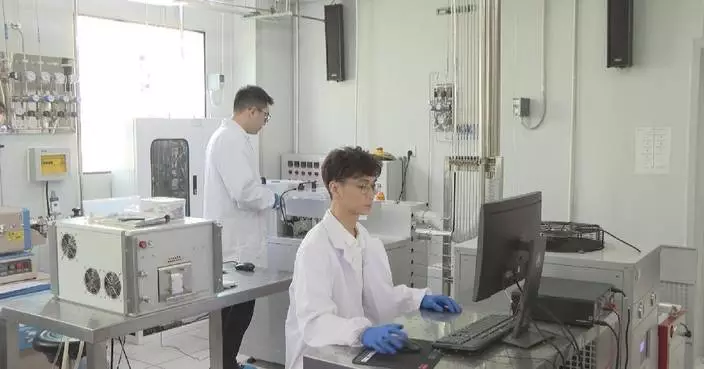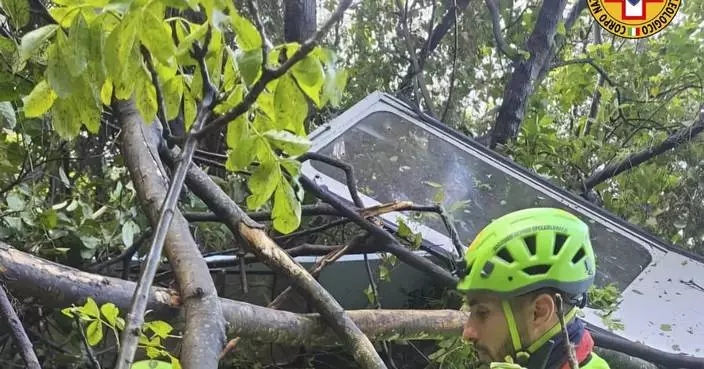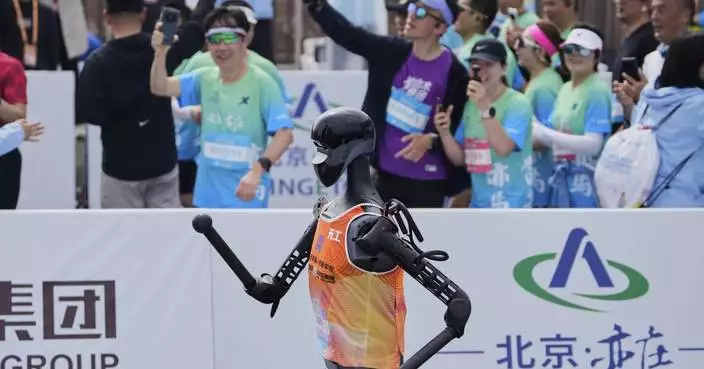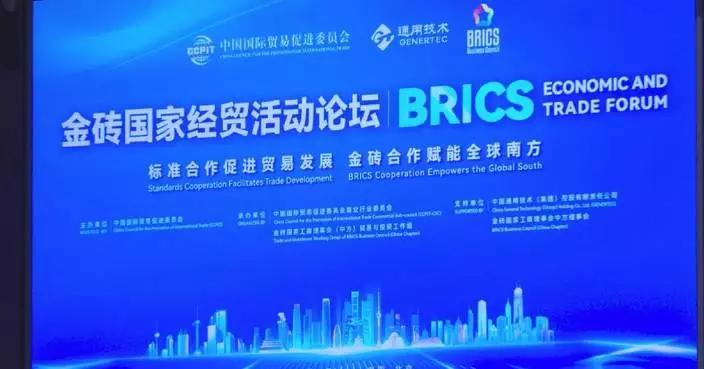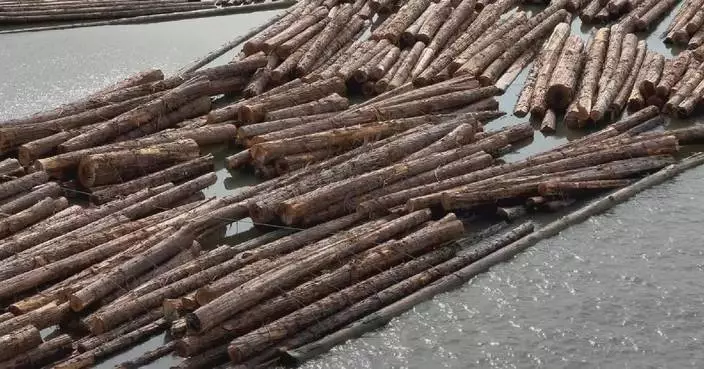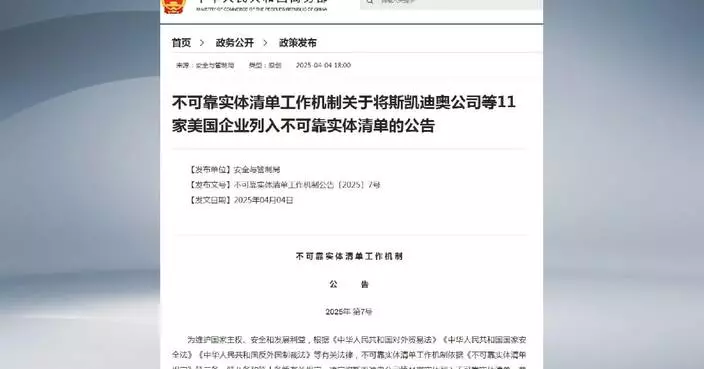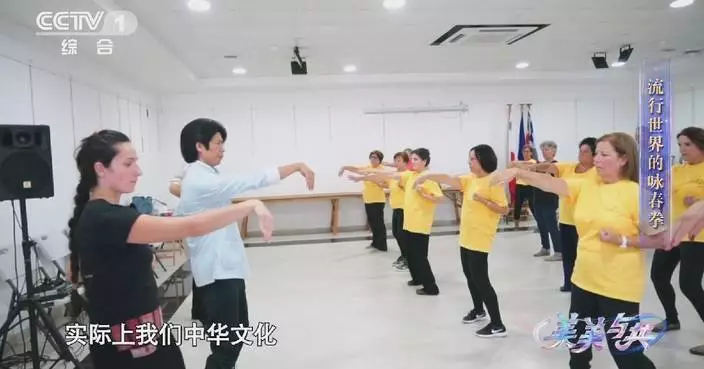Three Chinese rescue teams departed Myanmar for China on Wednesday after assisting the Southeast Asian country in relief operations following a devastating earthquake that had claimed more than 3,600 lives as of Tuesday.
According to a statement from the Information Team of Myanmar's State Administration Council, the death toll from the earthquake has risen to 3,645 in the country, with 5,017 people injured and 148 still missing as of 18:00 local time on Tuesday.
The Chinese People's Liberation Army Air Force dispatched four Y-20 transport aircraft to bring home the three rescue teams -- the China Search and Rescue Team, the China International Search and Rescue Team, and a team sent by the Hong Kong Special Administrative Region.
The Y-20 aircraft arrived with the fourth batch of emergency humanitarian relief supplies from China, which include tents, sleeping bags, mosquito nets, and other essential supplies.
Before departing, Chinese rescue teams donated their remaining tents, food, and other materials to local communities in need.
Two earthquake rescue vehicles and thousands of pieces of equipment used by Chinese rescuers during the operation were also transported back to China.
On Tuesday, the United Nations Development Program (UNDP) warned that in Myanmar's earthquake-stricken areas, many people are sleeping on the streets out of fear that buildings may collapse.
They also face growing risks of waterborne diseases, while the local healthcare system is already overwhelmed, the report said.
A recent UN report revealed that over 17.2 million people in Myanmar are living in the affected areas and are in urgent need of food, clean drinking water, medical care, financial support, and emergency shelter.
The report also noted that more than 500,000 people currently lack access to healthcare services.

Chinese rescue teams head home from Myanmar
The second leg of a year-round consumption promotion event centered on intangible cultural heritage started on Sunday in Changxing County of east China's Zhejiang Province, offering consumers a diverse selection of intangible cultural heritage products and immersive cultural experiences.
This consumption promotion event, the 2025 Four-Season Intangible Cultural Heritage Shopping Month, aims to integrate intangible cultural heritage into modern life, enrich consumption scenarios, expand service consumption, and promote cultural tourism.
Throughout the second phase, which will run until May 21, various regions in China will highlight their unique intangible cultural heritage resources and local cultural characteristics. A variety of activities will be organized to foster consumer engagement, while also promoting innovation and the preservation of traditional crafts.
"This time, we've introduced 100 intangible cultural heritage tea-themed spaces, creating a unique consumption experience. We've also integrated tea with cosmetics, daily consumer goods, and even artistic performances. Of course, our intangible cultural heritage will also embrace modern culture and technology, forming a new business model that creates a large market driven by innovative products," said Chen Guangsheng, director of the Department of Culture, Radio, Television and Tourism of Zhejiang Province.
Besides, a variety of heritage items, including tea, Hu brushes, ceramics, and figurines crafted using bronze-casting techniques, were showcased at a special fair. To attract younger consumers and invigorate demand for traditional heritage products, artisans are continuously innovating by blending time-honored craftsmanship with modern design, introducing fresh and innovative products to the market.
"During the first half of 2025, we have already achieved nearly 40 outcomes. Many of the shoes here are handmade by inheritors. Our goal is to showcase these exquisite skills and effectively promote them," said Song Tianyi, a lecturer at Shanghai University.
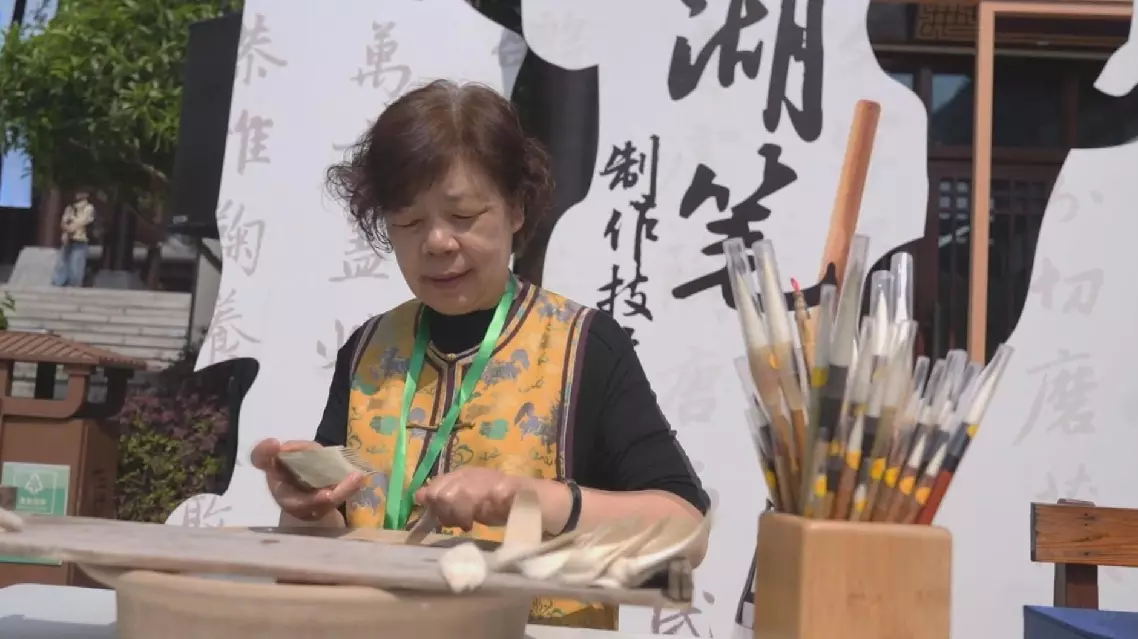
Second phase of 2025 four-season intangible cultural heritage shopping month opens






